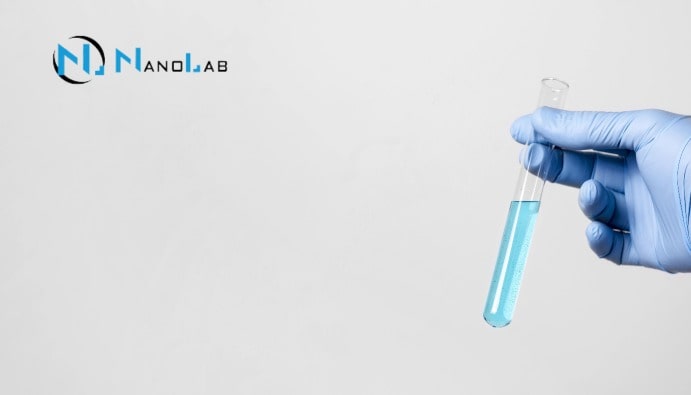Determination of Turbidity in Water: Quality Monitoring
What Does Turbidity in a Water Sample Mean?

What is water turbidity and why is it important?
Turbidity is caused by suspended solids in the water that prevent light from diffusing through the water. These substances can be organic or inorganic compounds and can impair the visual clarity of the water.
- Health and Hygiene: Turbidity increases the risk of water being contaminated with microorganisms. This can render water disinfection ineffective.
- Disinfection Effectiveness: High turbidity interferes with the effectiveness of disinfectants and creates problems in the purification of water from microorganisms.
- Improving Water Quality: Turbidity levels may require improvements in water treatment processes.
Turbidity analysis is an important test parameter performed on drinking water and water used in the production of food and beverages. Water turbidity can have many causes. These are
- Suspended matter such as clay and silt
- Plankton
- Organic and inorganic substances
- Dissolved coloring organic compounds
Why Determine Turbidity in Water?
- Monitoring Water Treatment Processes: Turbidity level indicates the effectiveness of water treatment processes. High turbidity can indicate that water is not being treated adequately or that there is a problem with the treatment system.
- Health Risk Reduction: High turbidity increases the risk of microbiological contamination of water. Therefore, regular monitoring of turbidity in drinking water and surface water is essential.
- Ensuring Disinfection Efficiency: High turbidity prevents the spread of disinfectants in water. It is therefore important to control turbidity levels to improve the effectiveness of disinfection.
- Water Quality Assessment: Turbidity, one of the basic parameters used for monitoring water quality, is necessary to monitor the physical properties of water.
Turbidity Determination Methods
There are different methods for the determination of turbidity in water. These methods usually measure the effects on the light transmittance of water.
- Nephelometric Method (Using Turbidity Meter): The ability of suspended solids in water to scatter light is measured. With this method, the amount of light emitted at a 90 degree angle (nephelometric measurement) is measured and the turbidity value is determined. It provides precise and fast results and is widely used in industrial and drinking water analysis.
- Unit: Formazin Turbidity Unit (FTU) or Nephelometric Turbidity Unit (NTU).
- Isotope Light Measurement Method: Measures how light is refracted or absorbed in water. This method is often used in research and laboratory settings.
- Filtration and Weighing Method: Water is filtered through special filters and the solids remaining on the filter are weighed. This method may be more accurate under certain conditions, but is time consuming.
Assessment of Turbidity Levels
- Drinking Water: The turbidity level in drinking water should generally not exceed 1 NTU. High turbidity can indicate the presence of microorganisms and reduce disinfection efficiency.
- Pool Water: The recommended turbidity level for pool water should generally be between 0.5-1 NTU. High turbidity can create an unhygienic environment for users.
- Industrial and Wastewater: In industrial processes and wastewater, turbidity levels should be set and monitored in accordance with environmental protection standards. High turbidity can adversely affect the reusability of water or its release into the environment.
Nanolab Laboratories Group continues to provide services within the scope of Water Turbidity Determination. We also provide services in Water Temperature Determination.
Contact us for more information.
You can follow us on LinkedIn for up-to-date news and posts about our services.
Follow our Instagram account to be informed about our latest blog posts.

